More Than Enough Book Review and Reflections
How much stuff do you own? Do you already have enough? This is part of the 2020 Honestly Good Eco Book Club review series. Check out the whole year’s list of all the books reviewed each month throughout the year.

Do you have closets full of items in storage? How often do you use the things in the closets? If you’re like most of us, the answers are probably yes and not often, respectively.
Those of us fortunate enough to have an abundance of resources are suffocating in our stuff. Currently, in lockdown at home, we are realizing more than ever just how much stuff we have. Consequently, we’re seeing an uptick in movements to declutter and reduce the number of possessions that we have.
Our large collections of “stuff” are a by-product of consumerism, among other things. Marketing and consumer culture play powerful forces in encouraging us to collect. Marketing professionals seek out the latest in emotional and psychological science to figure out how to convince our brains to buy more and consume things we never knew we needed. It’s hard to break habits and fight against consumer messaging that pulls at our deepest insecurities and desires, convincing us to consume more and more and more as a solution.
To change our mindset and break bad habits requires a bit of research and a healthy dose of willpower. The research validates our opinions, reinforces our willpower, and encourages us to take a stand against endless consumerism, which can feel pretty unpopular at times.
I know you’re waiting to see how my consumerism critique weighs in on my book review, but let me first introduce you to the starting line of my journey toward slower consumption and more eco-friendly purchasing habits.
90/10 Challenge
Back in 2015, I spent a year practicing a 90/10 style challenge in which I committed to buying at least 90% of my clothes secondhand. I diligently tracked my spending and posted updates on the blog. I learned a ton about shopping in thrift stores, the difference between thrift shops, resale shops, and consignment stores, and how often the sale that isn’t really a sale convinces us to buy something we really don’t need.
What started as a relatively simple idea led me down a much more extensive road. That adventure taught me about fast fashion and fashion cycles, textile waste in our landfills, the unethical treatment of garment workers, and the environmental impacts of fashion production.
This opened my eyes to more reflection about what I really needed and didn’t need, and I’ve carried that over into many other areas of life. Living with less and with a more intentional lens on ethical and environmental consequences of our behavior ultimately became the focus of my blog.
Dabbling in new habits to alter our existing practices isn’t easy, especially when they are in contrast to popular culture, like reducing our consumption habits. However, I think setting up a challenge with specific guardrails can help break the consumerism habits that cause emotional and financial undue stress.
Miranda’s More Than Enough Stuff Family Challenge
For the April Honestly Good Eco Book Club selection, I read More Than Enough, a book by Miranda Anderson, blogger, and podcaster. In her book, she shares about her family’s year of buying no non-consumable goods. This ‘more than enough stuff’ challenge gave Miranda’s family-specific rules to follow that helped eliminate the decision and willpower fatigue of deciding at each crossroads whether or not to buy something.
Because they had specific rules in place, they knew which things they planned to buy and when they had agreed to always decline. The challenge in the book, More Than Enough, is one example of how a specific challenge with defined rules can help facilitate significant family culture changes.
Miranda shares in her book all the details of her challenge with her family including some high notes, some struggles, and the lessons they learned. The book reinforced to me how valuable a defined challenge can be when breaking bad consumer habits. She and her family knew the rules and followed them consistently.
They also knew the challenge had an end date. Even when the challenge felt tough and they were tempted to buy something new, they remembered that the challenge culminated at the end of the year. If they really wanted something, they could purchase it the following year.
As you might expect, many of the items they desired during the year, they no longer wanted by the time January of the following year rolled around. Instead of acquiring more things, Miranda and her family used the extra money they saved to take small and large adventures. They tried special restaurants, planned weekend vacations with family, and ultimately took a month-long road trip for the summer.
Most of us won’t plan such a transformational challenge. My family definitely isn’t taking on this same challenge right now. Reading the book, however, reminded me to be more intentional about using what we already have.
Reflecting on More Than Enough While In Quarantine
When I first chose to read More Than Enough in April for the 2020 Honestly Good Eco Book Club, I (of course) had no idea we would be in the midst of a stay-at-home quarantine. I did not foresee that we would be living in such close quarters with all of our belongings as we read about making the most of what we already have and saying goodbye to the ones no longer serving us.
But I guess my timing was impeccable. If not now (or maybe on a moving day), I’m not sure when we will ever feel more face-to-face with the reality of the volume and meaning of the “stuff” we accumulate.
Out of necessity, many have gotten more creative lately with the things we already have. We’re using up the ingredients in our pantry that hung out too long. We’re making up games and making do with the toys, activities, books, and equipment that we have to replace the myriad social activities no longer clogging up our calendars. We are probably practicing Miranda’s principles more now than ever, so it’s a great time to read the book and double down on what could become a refreshing new normal.
Ultimately, the book is about recognizing and appreciating the abundance in our life that is already available to us, whether it be things, resources, people, time, or love. Although she started her experiment with tangible goods, the lessons bled so much deeper into her life.
As we rebuild an economy that has been turned on its head, and one that is built on ever-increasing consumption, we have an opportunity to reflect on our possessions. For many of us, we have enough. We are enough. We don’t need to max out our credit cards to “save the economy with our spending” and define our self-worth. Miranda and her family learned this through their year-long experiment, and we can reflect on those principles today.
We can reset the economic principles on which we quantify a thriving economy and prosperous country so that they aren’t simply tied to GDP growth, a measure of ever-increasing consumption, spending beyond our means, and depletion of Earth resources.
Miranda’s family’s success was just one example of proof that there’s so much more to life than buying things. We can support local businesses and our economy through adventures. We can measure well-being and worth through more than what we own. In many cases, we have more than enough stuff, so let’s stop spending recklessly and set a new normal that doesn’t include measuring happiness by the number of dollars leaving our bank account. Are you game?
Check out More Than Enough Stuff by Miranda Anderson for a kick start to seeing this new normal in real life. Have you read this book? If so, what were your most helpful takeaways? I’d love for you to share them in the comments!

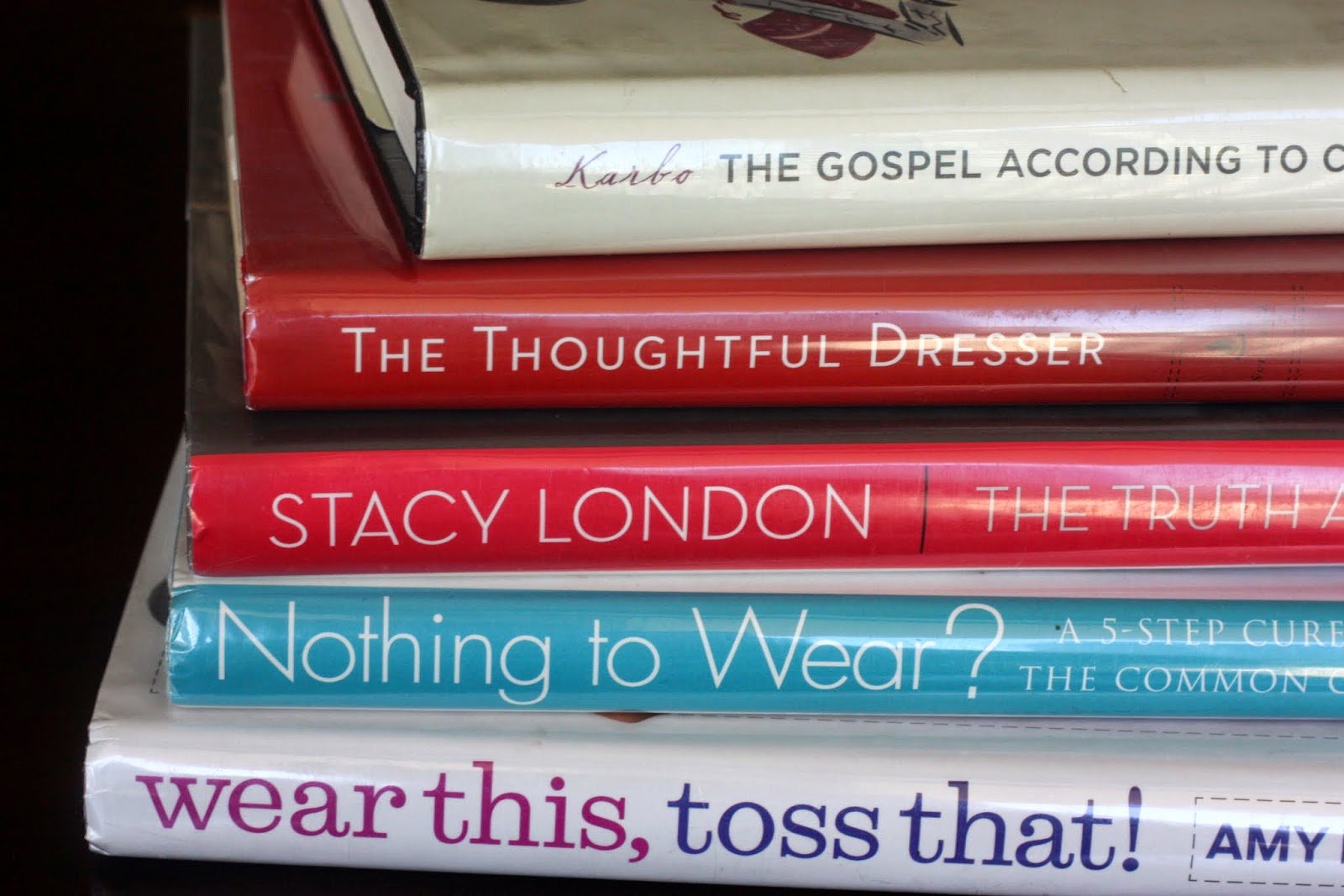
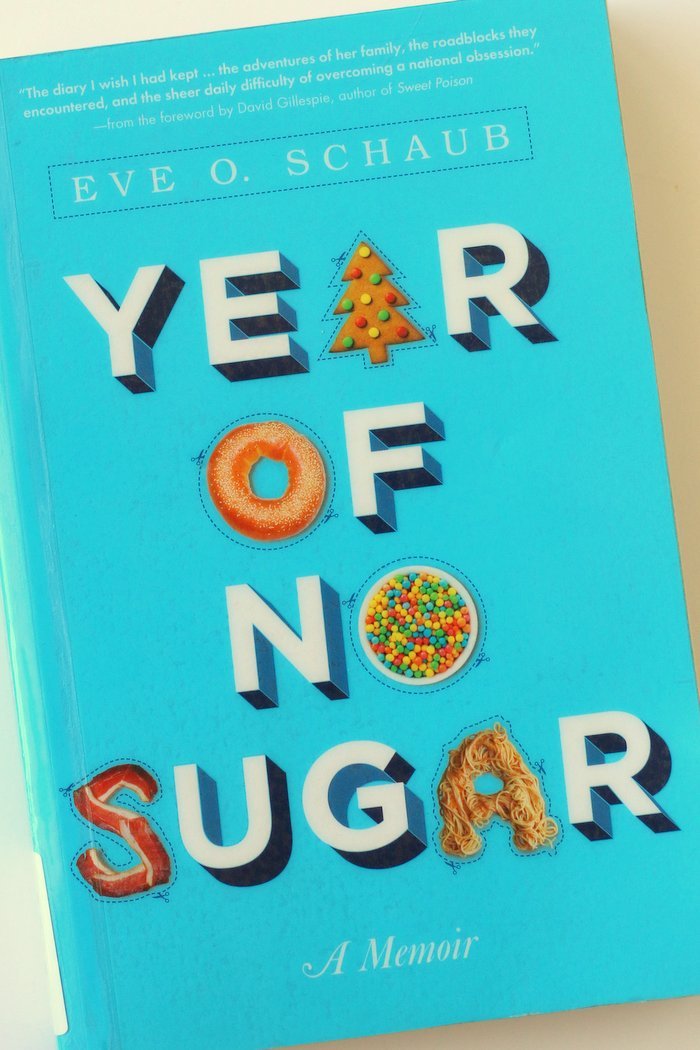
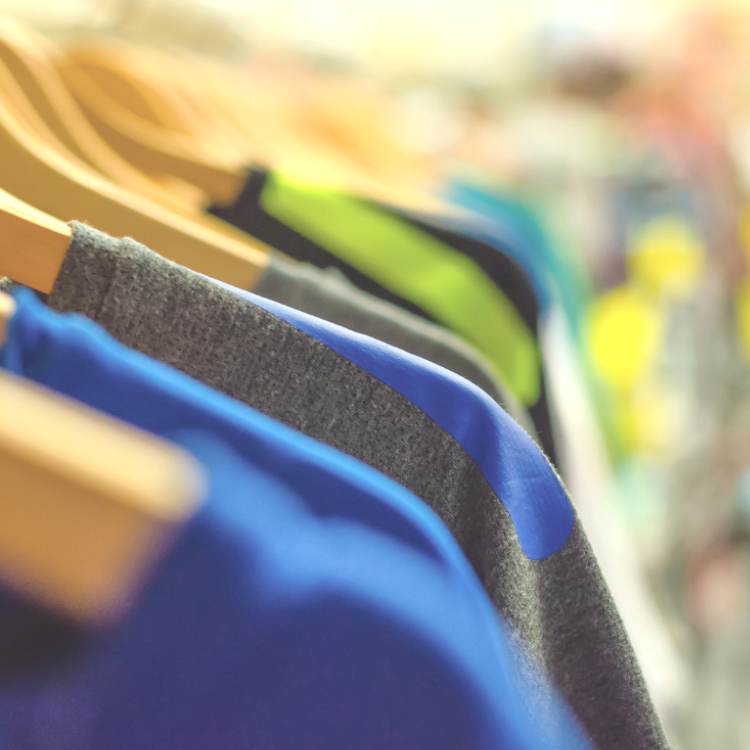
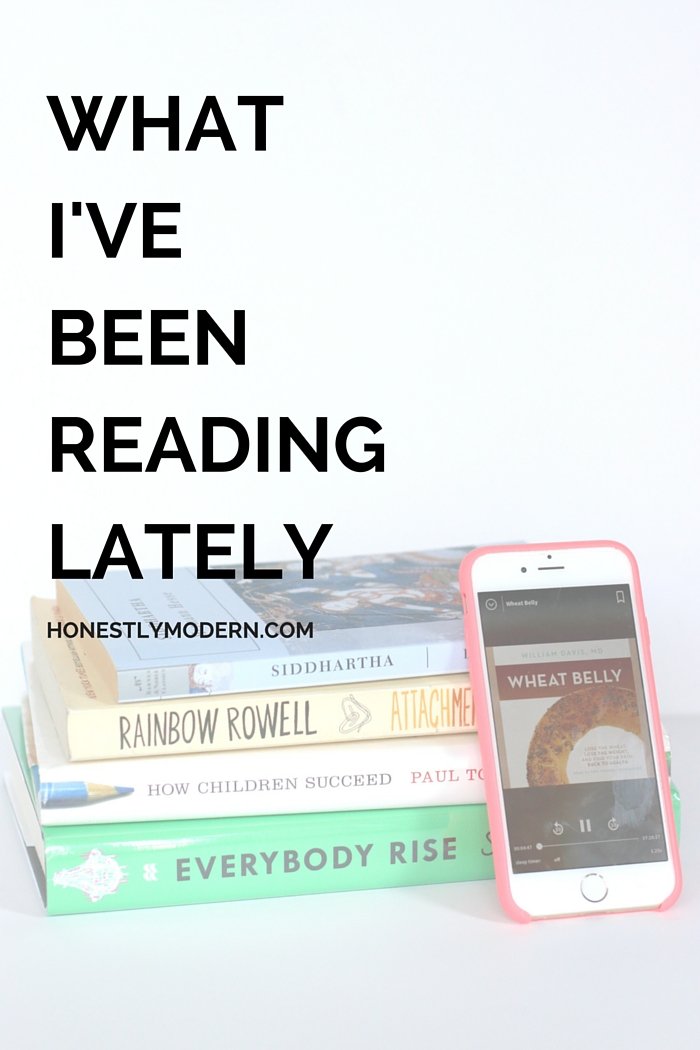
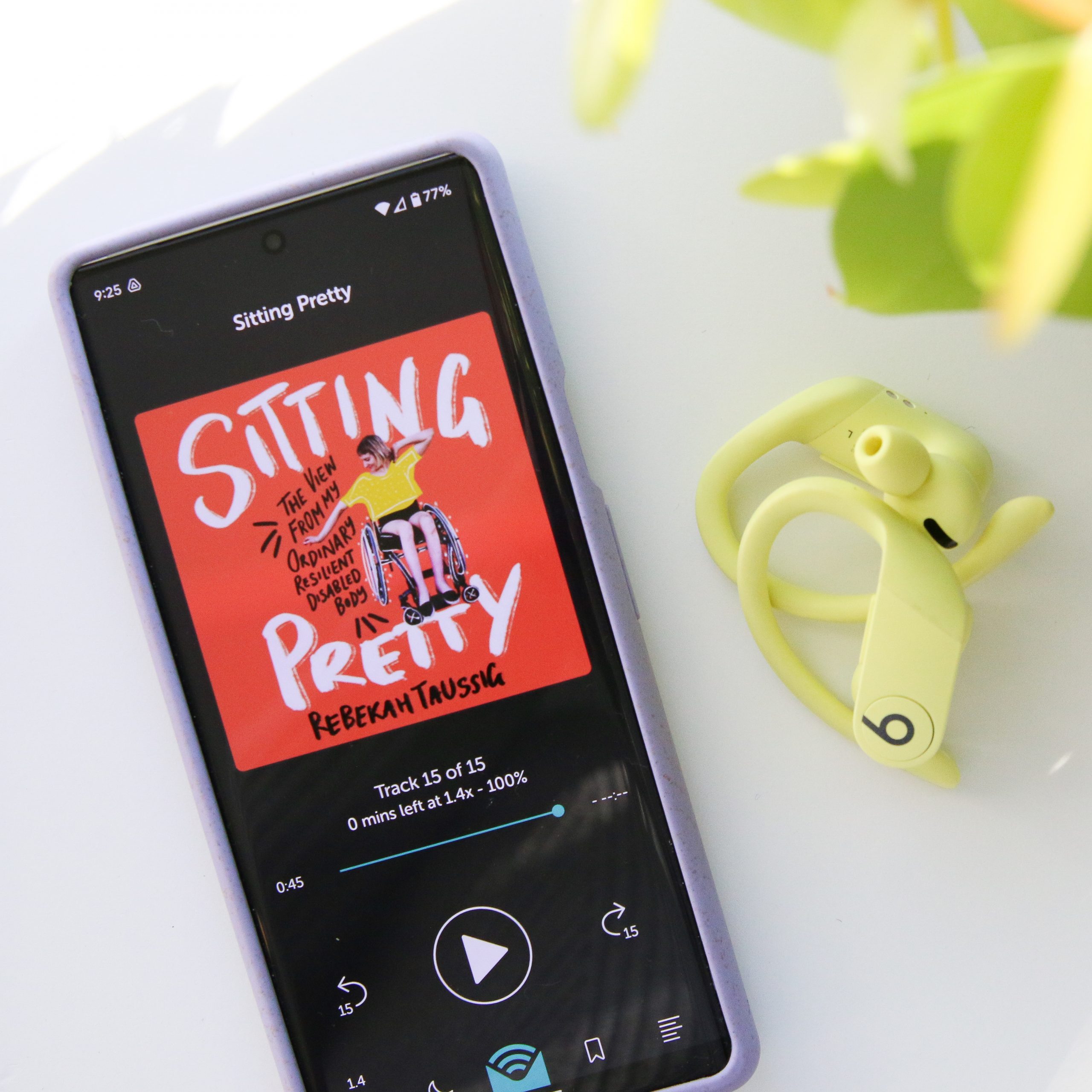
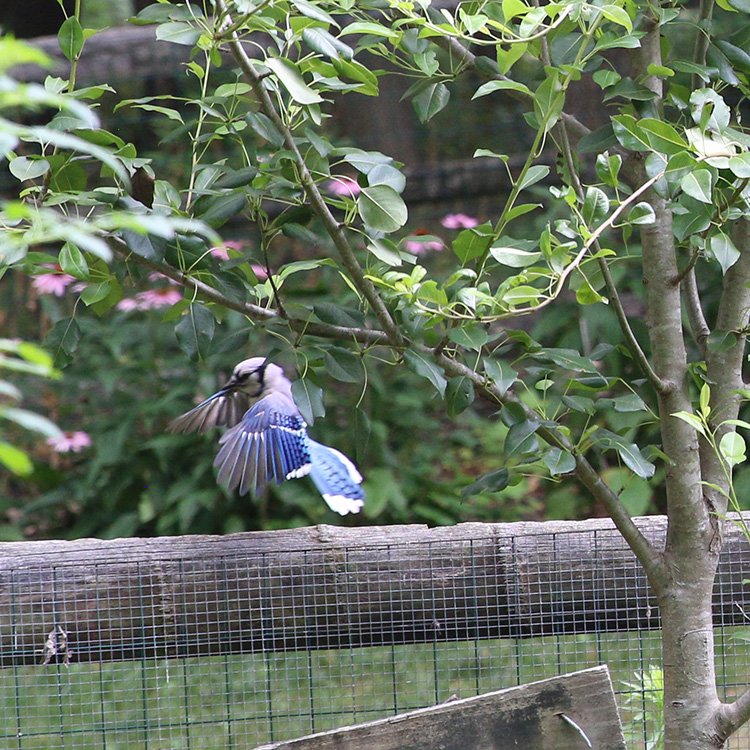

how do I submit a book for review? A Radiant Earth
I am not currently accepting books for review. Thanks for inquiriing.